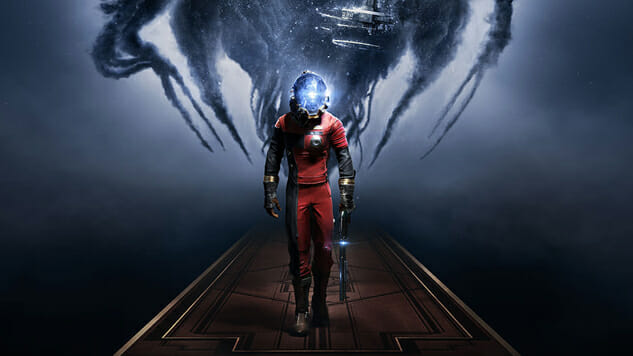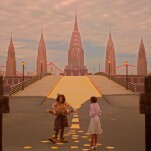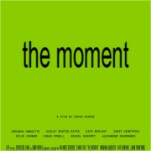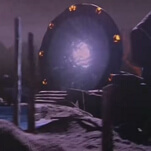Prey: Everything You Know Stays the Same

One of Prey’s earliest mission objectives reads: “Everything you know is about to change.” The line is completely literal if read from the perspective of Morgan Yu, the game’s mute protagonist. Morgan has just discovered she (or he; players get to make the ultimately meaningless choice) is trapped aboard an alien-infested space station rather than her apartment back on boring old near-future Earth. Everything she knows has most definitely changed. Read from the audience’s perspective, though, the prompt’s bold letters promise something larger than a first act plot twist. They imply that Prey is about to present something never seen before—a novel take on what initially looks like a run of the mill shooter.
The following hours undermine this confidence with a profound familiarity. Morgan picks through garbage cans and desk drawers for health-restoring food and items. She hacks computer terminals to read the emails of the station’s distraught crew. She kills aliens with a combination of guns and supernatural powers. She encounters lots of industrial debris that blocks her way and, using a combination of tools, works her way past it. All to say that, far from revolutionary, Prey is more of a Frankenstein’s monster of science fiction videogame design, component parts exhumed from the stately corpses of revered series like System Shock, Bioshock and Deus Ex.
A simple overall mission—destroy space station Talos 1 and purge it of an invading alien force—is meant to carry the player through a few dozen hours of the above tasks, repeated ad nauseam. After learning that she’s wiped her own memory by tampering with superpower-granting brain implants, Morgan sets about her task. Talos 1 is enormous, a floating skyscraper whose various research facilities and office spaces form a contiguous labyrinth within which the entirety of the game takes place. It’s beautifully designed as a piece of videogame architecture. A spacious plaza or cluttered room might hide small mouse-high maintenance shafts in a dim corner while a network of vents and metal struts run along a high ceiling. Prey’s mazelike design encourages multiple routes from area to area. Finding what path to take, whether it’s shooting insta-dry bubbles of caulking to make a climbable ramp or transforming into a coffee mug to bounce through the bottom of a blocked up doorway, is a consistently gratifying (if fairly aimless) way to get from place to place.
What’s less enjoyable is looking at the station itself. Cribbing alternately from the Cold War kitsch of propaganda posters (repurposed here as corporate sloganeering), the sleek ornamentation of Art Deco office buildings and the blunt utility of power plants the world over, Talos 1 leans so far into the last of these influences that its handful of aesthetic inspirations are flattened into a bland mush. The thick lines and bright colors of a signpost are drowned out by hallways full of grey metal walls and offices overrun with glowing white, Apple-esque computer screens. The aimlessness of its visuals is mirrored, too, in the aliens infesting Talos 1. Each of them a form of pulsating, oily-looking gunk, only the spiderlike “mimic” (which hides in plain sight by assuming the shape of unassuming objects before attacking) is memorable. The others—swarming, fragile balls of goop that explode on contact, floating masses and humanoid forms that shoot different types of energy—wander around in seemingly purposeless routines, running at Morgan as soon as they spot her.
None of these creatures are enjoyable to fight. It isn’t an endorsement of Prey’s attempts at tension that entering a roomful of aliens instills an immediate sense of dread. Aside from the upgraded shotgun’s satisfying kick, there’s little to enjoy in whittling down an aggressor’s health bar with a tinny pistol, weightless laser gun or the variety of flame, lightning and telekinetic energy Morgan learns to summon (an annoying bug from the PlayStation 4 version—the player’s movements continuing to drift forward after controls are released—exacerbates these issues). The aliens end up a greater nuisance than real danger, an obstacle that obscures the enjoyment of exploring an environment by prompting brief unwelcome spasms of shooting, health pack-devouring and losing track of what exactly the player was trying to accomplish before they drifted into view.
What that goal might have been is, sadly, never very exciting in the first place.









































